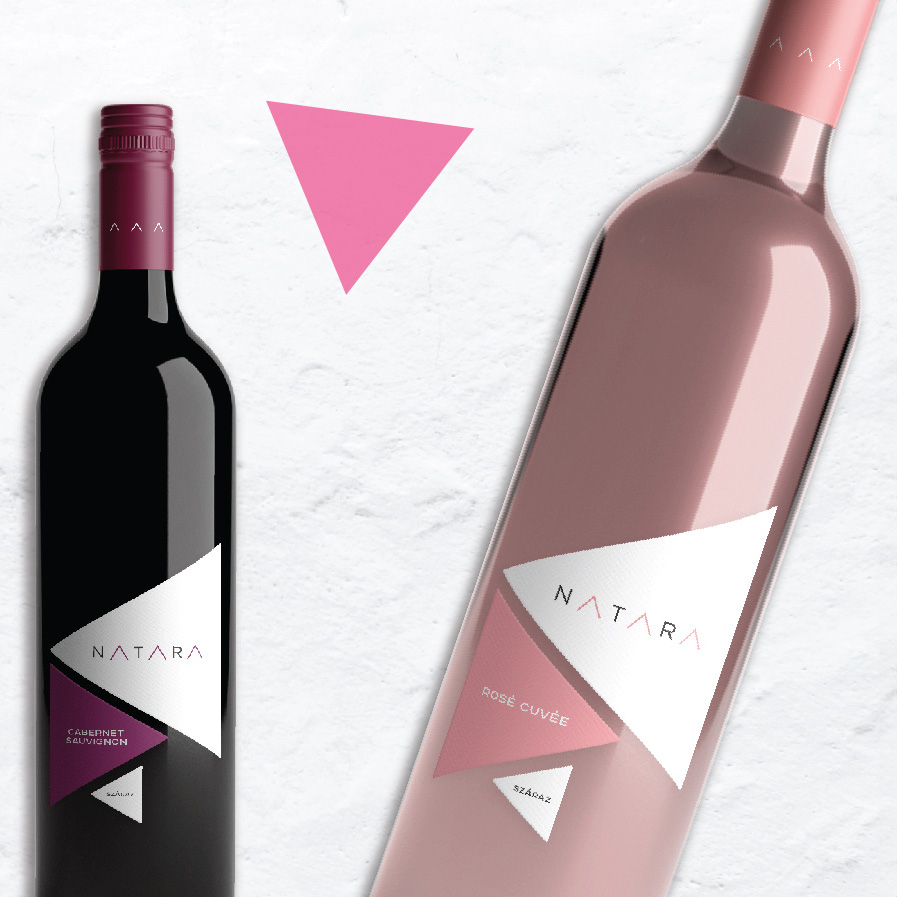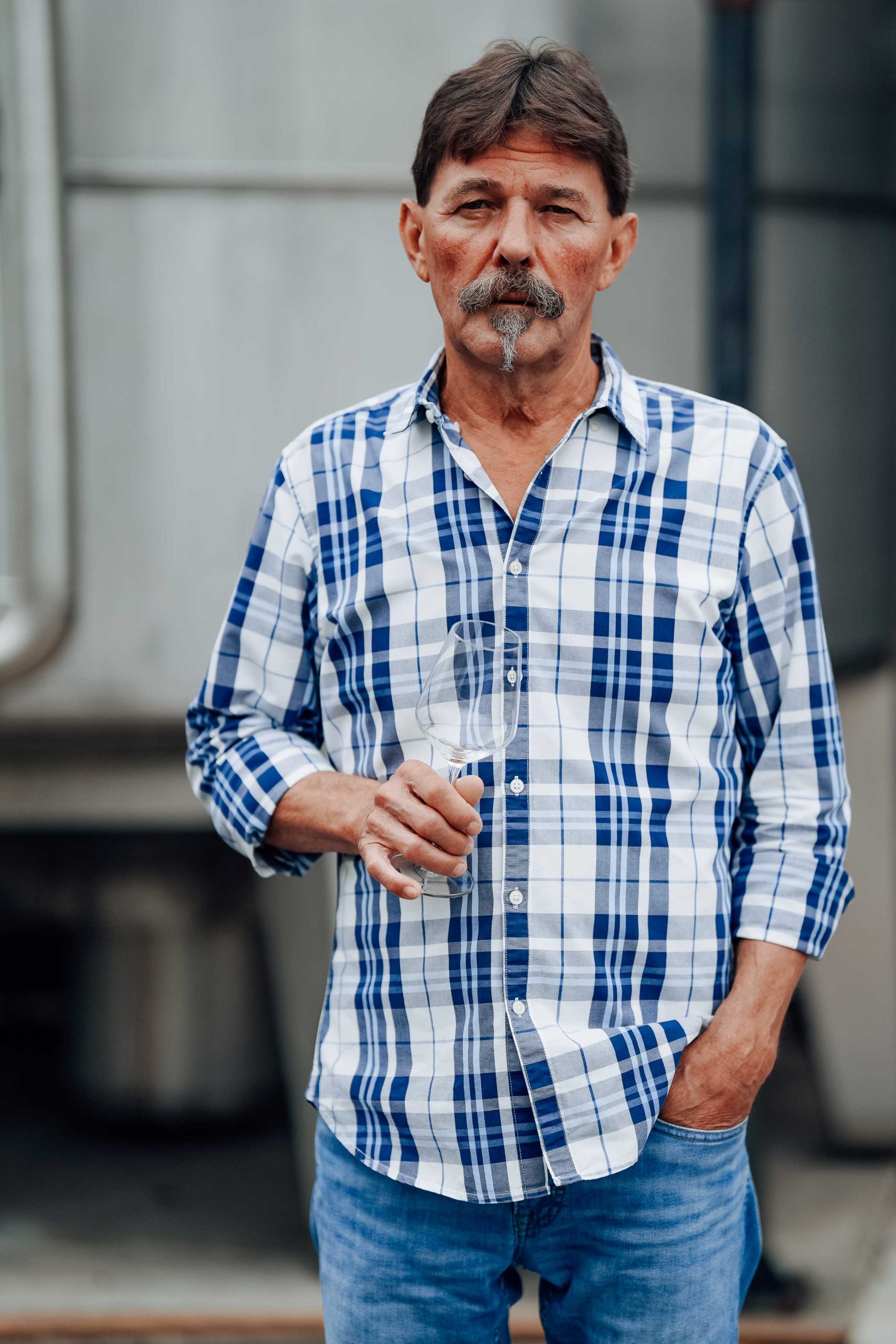The people and nature of the Great Plain fought an exciting battle before they managed to tame the shifting sands. But the hard work bore fruit: the grapevine. And from that, everyone’s reward: the wine. Let’s thank our ancestors for their dedicated work, raise our glasses, and toast to the future!
1960

The battle with the sand begins at the Kiskőrös State Farm. After bulldozing the dunes and leveling the soil, 915 hectares of vineyards are planted, but the work doesn’t stop there.
1968

After 1034 hectares of vineyards come into production, manual construction of a grape processing and wine storage facility begins in Bócsa, with a planned capacity of 33,000 hectoliters.
1972

In the Bócsa winery, the first bottling line is put into operation, costing 33 million forints. At that time, this is considered a huge amount. By this time, grape production is already taking place on 1,187 hectares.
1974

For the first time in the country, Bócsa implements the use of Swedish technology for must heating in red grape processing, and new 500-1000 hectoliter plastic tanks are built. The Kadarka wine appears, featuring the iconic dancer girl label, with an annual turnover of 1 million bottles. At this point, the company is already selling 110,000 hectoliters of wine.
1981

The white and red Dankó gourmet wines, as well as the Dankó sparkling wine, appear on the market.
1994

With privatization, the Kiskőrös State Farm ceases to exist, and the company is then named Weinhouse Winery Ltd. name.
2003

The warehouse is renovated, the cellar roof structure is renewed, concrete storage facilities are refurbished, and the fermentation area is improved. Stainless steel tanks arrive, and chilled fermentation is initiated. The development continues to this day.
2020

Our products appear on the Western European market, including the shelves of stores in England, Ireland, Germany, and Austria. Exports account for 65-70% of sales. The storage capacity is 21 million liters, and the production is 14 million bottles per year. In addition to the bottling facility, continuous development of winemaking technologies is underway: a new cooling system, new automatic red wine fermenters, and the commissioning of a higher-capacity grape press are also part of the process.
2023

The production of Natara wines begins.
2024

According to the plans, the complete replacement of the packaging room will be realized, and the brand-new automatic machines will have a capacity of 11,000 to 12,000 bottles per hour. A system that has not yet been used in Hungary is being developed, with cutting-edge technical content that is also at the forefront in Western Europe.
VINEYARD
VINERY
THE WH WINERY TEAM

Ferenc Szabó
managing director

Albert Tamás
cellar manager

Tivadar Németh
vinery manager

Tamás Bakura
bottling manager

Helga Klestenicz
logistics manager

Ádám Papp
laboratory manager

Sándor Polyák
wine consultant

Katalin Szabó
logistics manager

Hanna Verba
quality management assistant

Kata Fehér
marketing manager

Annamária Szayly
quality manager
WH Winery is not an ordinary workplace. cohesion, high professional knowledge and commitment make us a real family, which can be felt in every drop of our wine.
